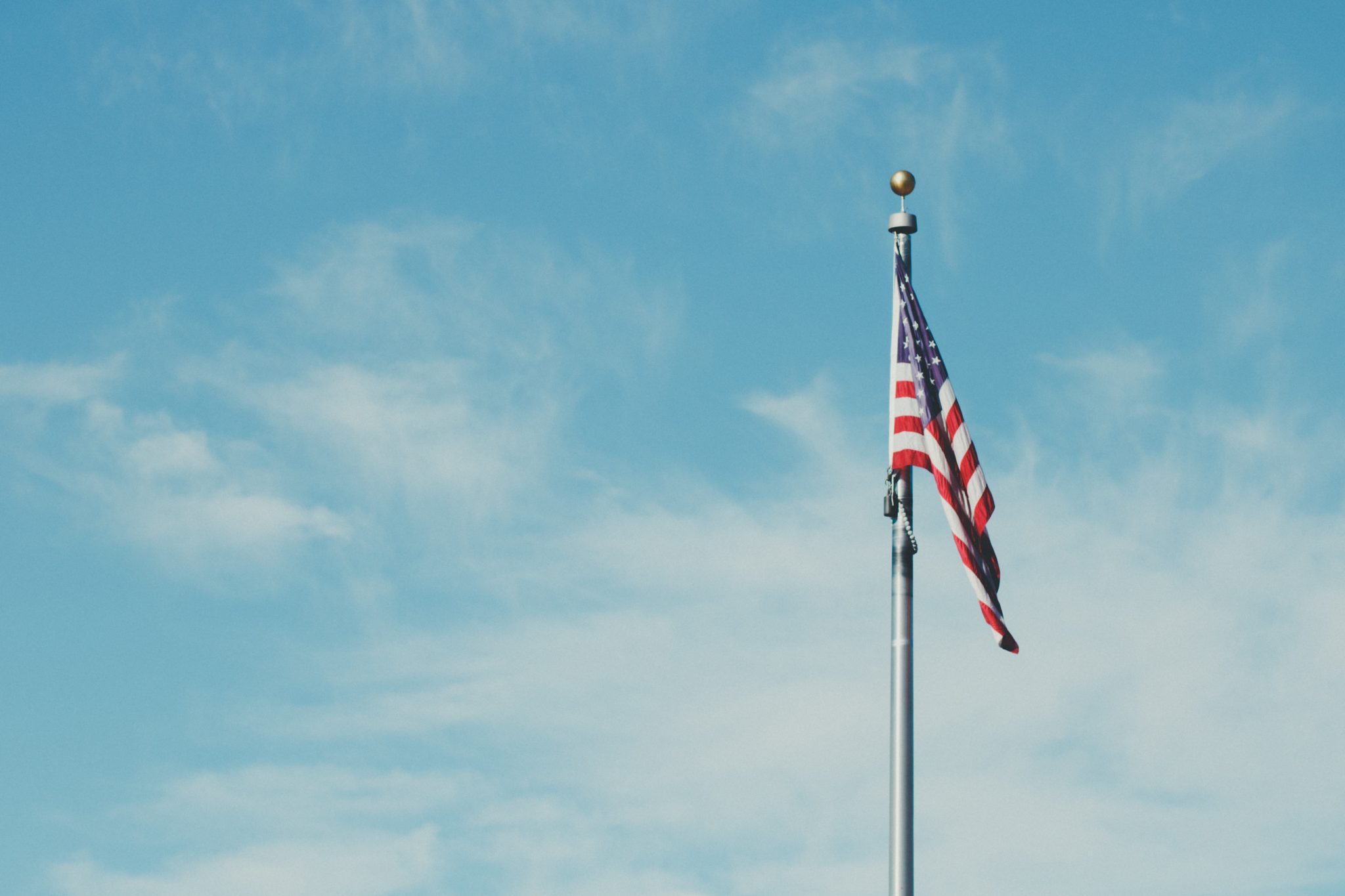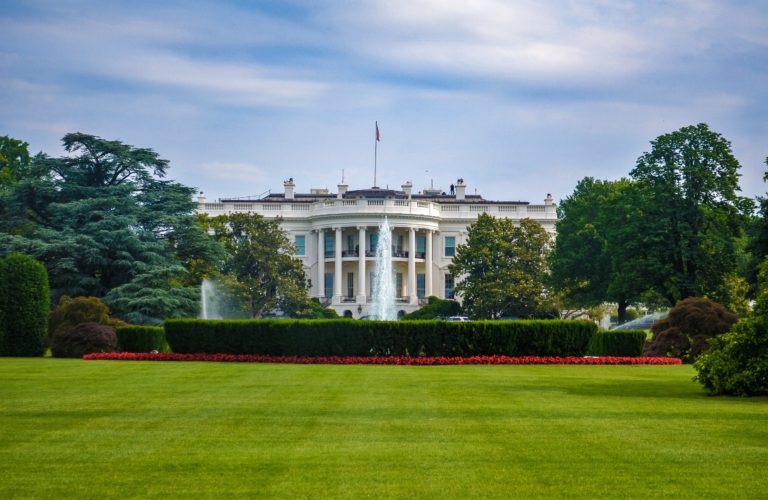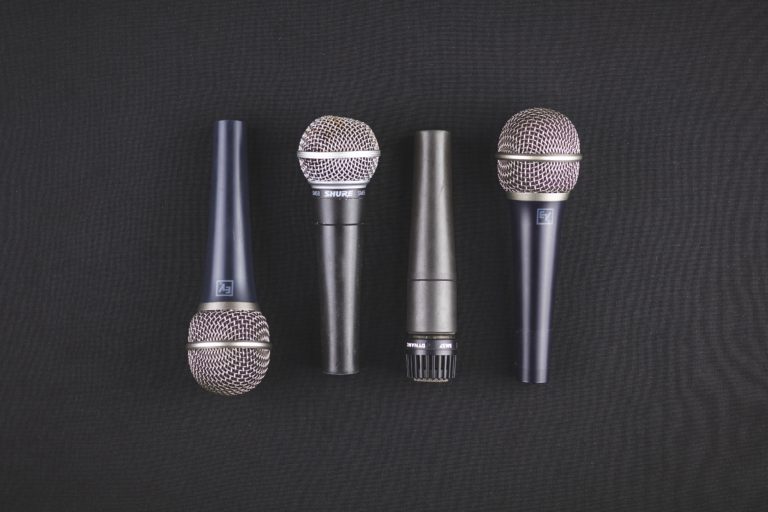In round one, the ladies ruled the presidential primary debate. For the most part,…
September Debate: What We Saw

The third Democratic debate featured only 10 candidates (as opposed to the 20 candidates from previous debates), but almost a third of the candidates on stage were women. Senator Elizabeth Warren, Senator Kamala Harris, and Senator Amy Klobuchar all had moments when they showed there really is a difference when you have multiple women on the debate stage. The Barbara Lee Family Foundation has studied the obstacles and opportunities women face when running for office for the past 20 years, with a focus on executive office, and here’s what we noticed:
- “Could a woman do that?’
When examining gender, it’s not just about looking at the behavior of women candidates, but about asking ourselves: Are the men on stage engaging in behavior that the women could get away with? From Bernie Sanders saying he voted against the war in Iraq because he had a “feeling” to Andrew Yang getting chuckles from the crowd when he said he missed his son’s first day of school because he is running for president, there were many examples of soundbites last night that would have received different reactions if they came from a woman candidate. Perhaps the most striking: Julian Castro’s focused attacks on Joe Biden. While Harris contrasted with Biden on issues in previous debates, Castro’s attacks had an edge that voters almost certainly would not tolerate coming from a woman, because they hold women to a higher standard when it comes to “going negative.”
- Testing out their funny bones
Although we’d seen bits and pieces in past debates, candidates last night highlighted their senses of humor. They weren’t afraid to engage the audience in laughter and laugh themselves. BLFF research on humor has evolved over the years. While it used to be more difficult for women candidates to “be funny” because of voter reactions, women candidates can now use humor to help showcase their likeability, which we know is a nonnegotiable for women candidates.
- Diversity won the debate
While the debate field was winnowed down, we saw historic diversity last night: the majority of candidates on the stage were not straight, white men, which has been the default in American politics throughout history. And, for the first time this cycle, a woman of color was one of the moderators. Linsey Davis, as well as Jorge Ramos, showed the difference it makes having diversity at the moderators’ table. However, just like how multiple women on the debate stage makes a difference, having multiple women (and women of color) behind the moderators’ mics would make a difference. After all, last night there were no questions about women’s issues. What if women were the majority of people asking a question? Just a reminder: Out of 132 primary debates from 1996 to 2016, none of the debates featured more than two women moderators, but 20 debates included more than two male moderators.
- Getting Personal
When asked about resilience in the last question of the night, the women candidates in particular highlighted gripping personal stories. Harris spoke about being told “it can’t be done;” Klobuchar about being kicked out of the hospital after giving birth, even though her daughter was still in intensive care; and Warren about how she was once fired for being pregnant. Women have the ability to be 360-degree candidates and use the whole of their experience to connect with voters, and research shows that it is particularly effective when women can tie their personal experience back to issues they’re working on. Each of the experiences above are ones that would not – could not – have been highlighted without a woman candidate on the stage.






